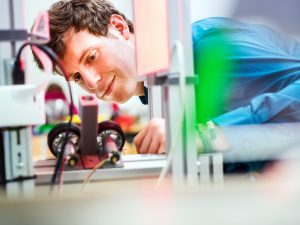
350 participants from SAMK engaged with thought-provoking keynotes on leadership, strategy, and customer experience during the two-day event.
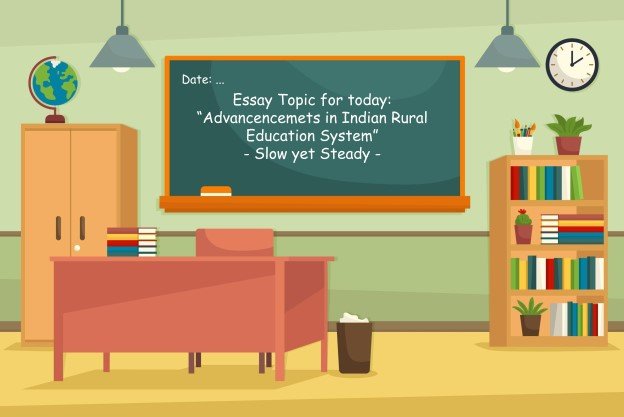
The Indian education system is one of the largest education systems after China. The issues faced by the rural and urban education system are vastly different. Where urban schooling has an average infrastructure, the syllabus is an over-burden, whereas rural education lacks basic infrastructure facilities in the first place.
Have the consecutive governments been sitting ducks or is the rural youth too unconcerned or content with their share? The answer to both these questions is a big “NO!”.
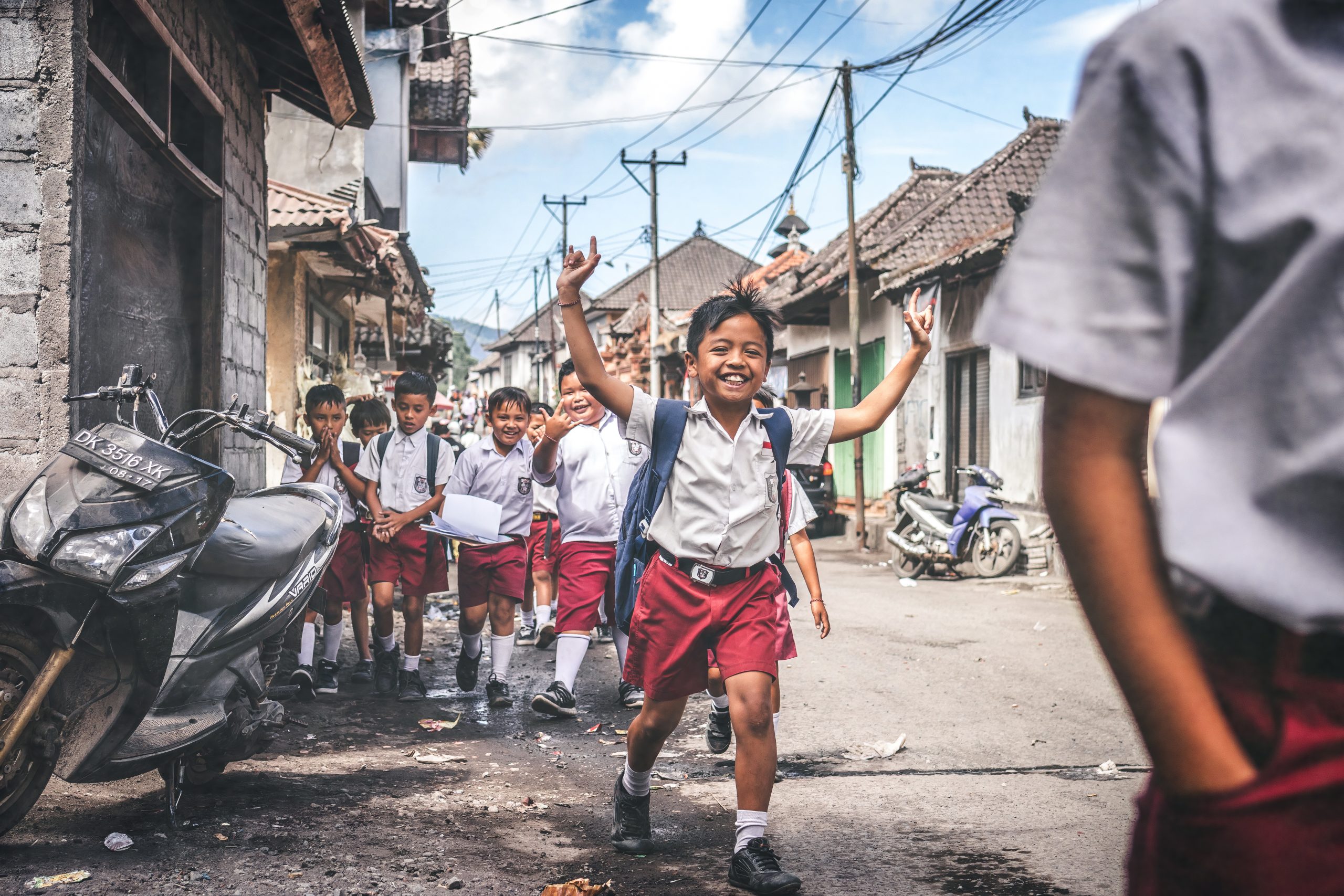
The percentage of student enrolment has increased with successive education awareness campaigns led by government and non-government organizations throughout the nation. However, it is noted that there is a lack of motivation to keep the student’s focus in the daily classes. Consequently, a steep drop has been observed in students opting for higher education with a rural background.
Another problem is the lingual bifurcation. The truest expression comes in one’s mother tongue. The rural schools have a curriculum mostly in English. Up to junior classes, it is easier for both- the teacher and the pupil to discuss and understand it efficiently.
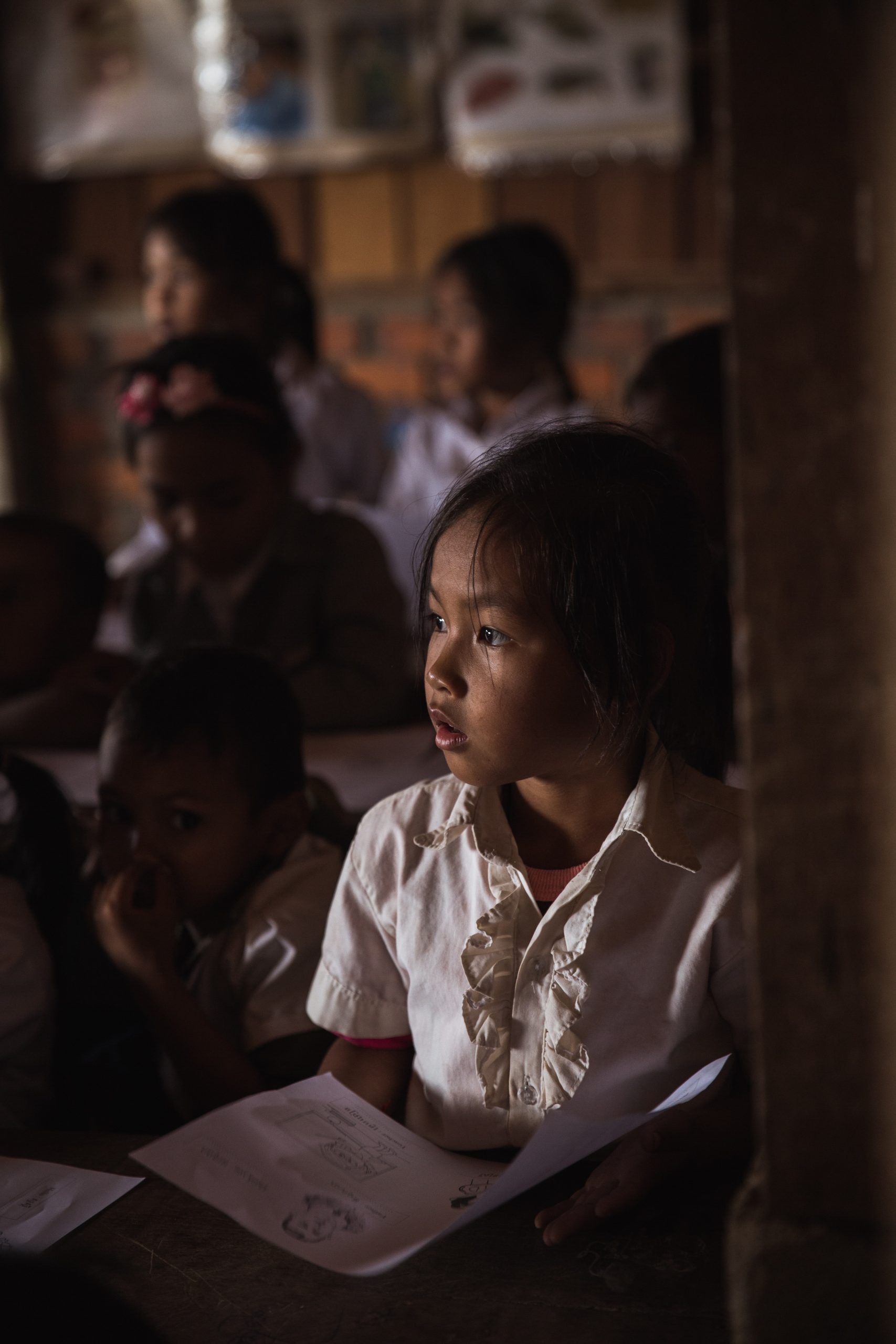
The tables turn when in senior classes the student is unable to grasp complicated concepts, verbose literature, and lack of proper guidance. This is when the teacher is focused on completing the syllabus rather than innovative learning, hence, rote learning methods come into play. Another factor is the teacher’s unaccountability to the quality of education.
In recent months, we have come across incidents recorded where the designated government instructor/teacher and the one physically taking the lessons are two different individuals, especially in remote areas where regular government inspection is not feasible.
It’s fair to say that India is seemingly bent on solving problems in the 21st century. There are different scholarship schemes, healthy meal schemes, schemes that emphasize lingual versatility and incorporate technology within the government’s initiated basic education.

Pioneered by former Prime Minister Atal Bihari Bajpayee, the Sarv Siksha Abhiyan was launched in 2000. It is an attempt to provide an opportunity for all children between 6 and 14 years of age to get free education which is also a basic fundamental right. The state and the central government share the expenses of this project.
A promising example is the National Education Policy 2020 that pays attention to the ‘Preparatory Class’ for 1 to 3-year-old students. The socio-economically weaker regions will be paid special attention to establish more interactive methods of learning. The current policies vary from the previous ones as they understand the fundamental problem(s) and their functionality is not restricted to official documents.

“A healthy mind resides in a healthy body.” Following the same, in addition to the National Programme of Mid Day Meals in Schools, the government schools will also provide a light and healthy breakfast in schools located in socio-economically regions of the state.

The National Scheme of Incentives to Girls for Secondary Education primarily focuses on reducing the dropout ratio of girl children from school education and facilitating them to secure a better future.
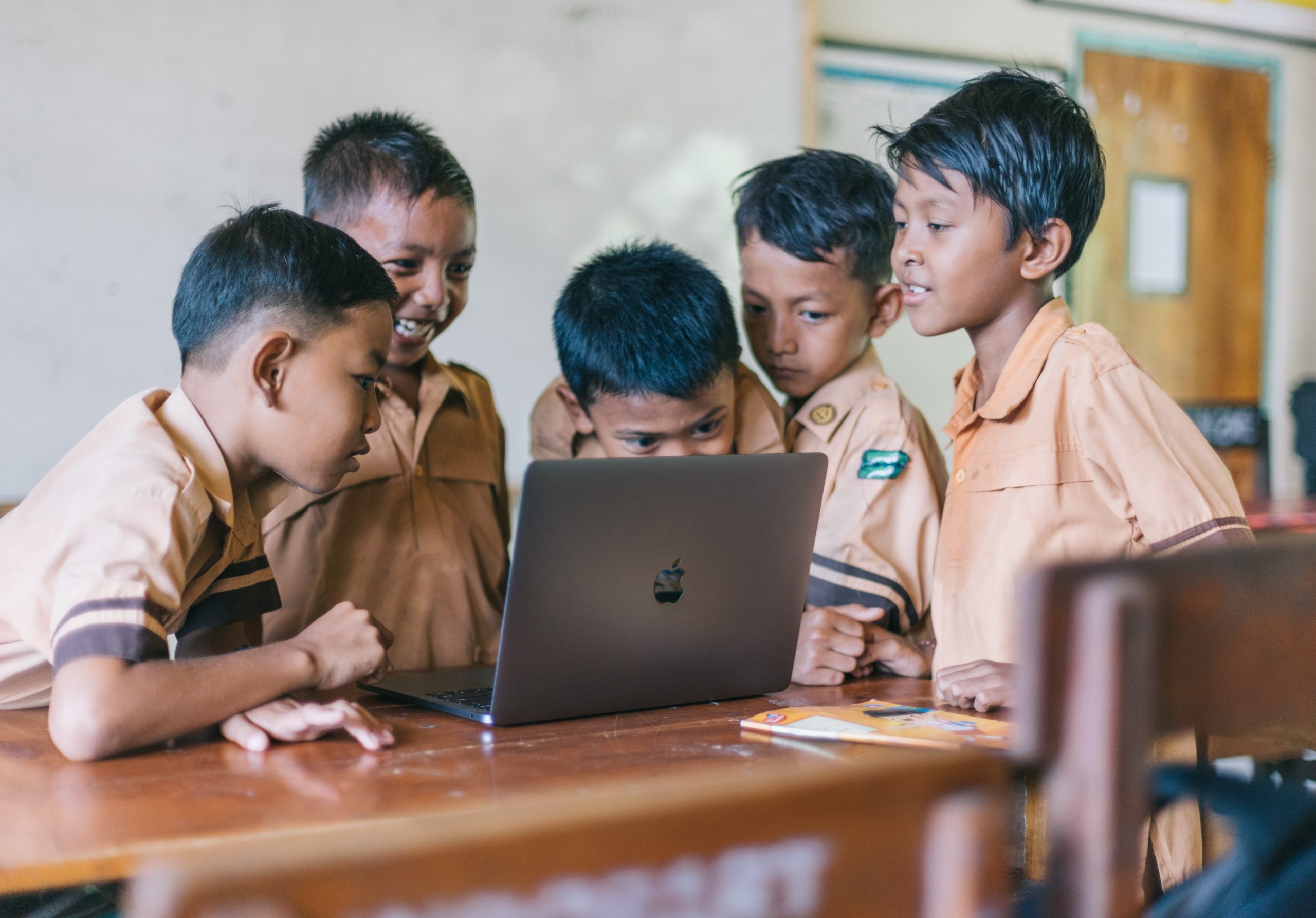
The road to change may not be swift but it is assuringly steady. With daily new schemes, policies and effective learning methods introduced by the government and other online learning platforms, the education standards are set to improve.
Introduction

The Indian Education System that exists today in India is influenced mainly by the British System of Education. The history of Indian education has been very rich with world-class universities like Nalanda, Takshila and Vikramshila where the likes of Aryabhatta, Kabir Das have studied. These universities were way ahead of the time with modern facilities.
Graduation:

3 years v/s 4 years graduation − The system that is followed in India is [10+2+3] years for streams like commerce, science, social sciences, humanities, management, and media (Engineering degree is an exception which is a 4-year long course). However, in the US, the system followed is [10+2+4] years.

Entrance exams for graduation − The students in the US appear for SAT and ACT to get admissions into the Universities and Colleges after their High School. In India, there are national-level examinations for Medical and Engineering courses and the criteria for other streams is mostly based on the percentage that the student obtains in the Higher Secondary Certificate Examination.
The teacher-student ratio − In the US the teacher-student ratio does not exceed 1:30 in a majority of the classes. However, in India even with the provisions highlighted in the RTE Act, the teacher-student ratio goes as high as 1:80 and sometimes even 1:100.
Rigid v/s Flexible − In India, there is rigidity where the student has to study all the subjects in the schooling period. There is no chance to skip these subjects. The extracurricular activities and Physical Education is not given much priority in India. Whereas, the system in the US is more flexible where the students get more subjects to explore with each subject given equal importance. The system in India also tends to be science-students centric which is not the case in the US.

The position of the teacher − The position of the teacher in terms of social status differs massively in both countries. The teacher is given a lot of respect for the profession by the people in India. This is mainly due to the rich cultural heritage that has revered the teacher as ‘Guru’. It is not similar in terms of US society.
American pedagogy allows students to become aware of the different forms of managerial leadership that exist within organizations.
In American students are positioned as the main actors of their learning. The teacher-student relationship is almost friendly. The teacher makes himself very accessible for his students and is identified as a source of advice and support. Students feel confident, gain motivation and give their best. The impact on the results is considerable!
American schools do not use the personal work requested by teachers to validate student learning, but to develop their research and analytical skills. Particular emphasis is placed on practice and personal development. The students’ work is mainly carried out outside the school, encouraging them to develop their independence, curiosity and love of discovery.

They believe that each student has a say and that he or she should be allowed to express himself or herself and bring his or her point of view to a classroom discussion, even when this opinion is contrary to that of the teacher. It is therefore not uncommon to attend in-depth debates during the sessions, as the objective is to encourage students to reflect and express their ideas freely.




